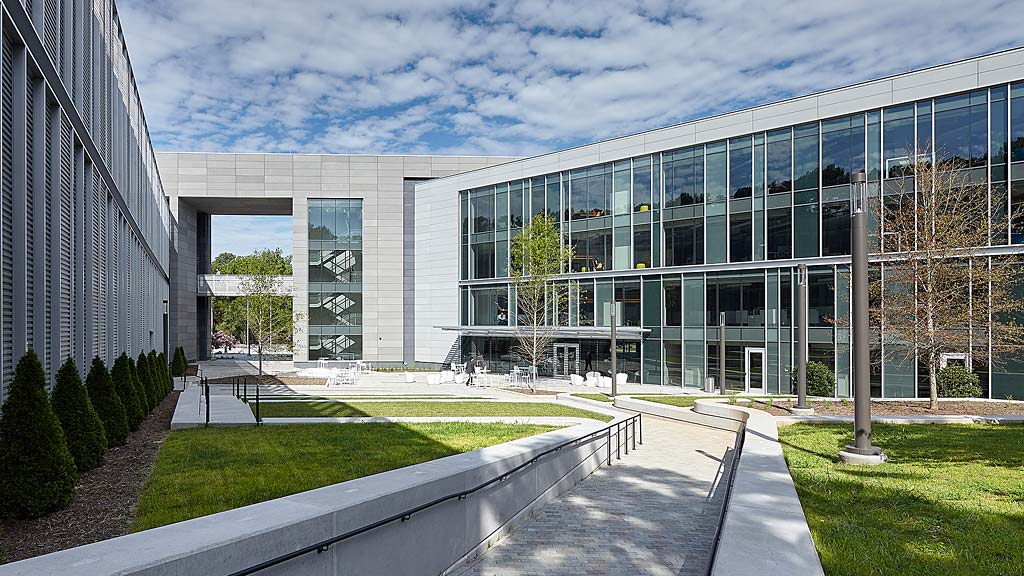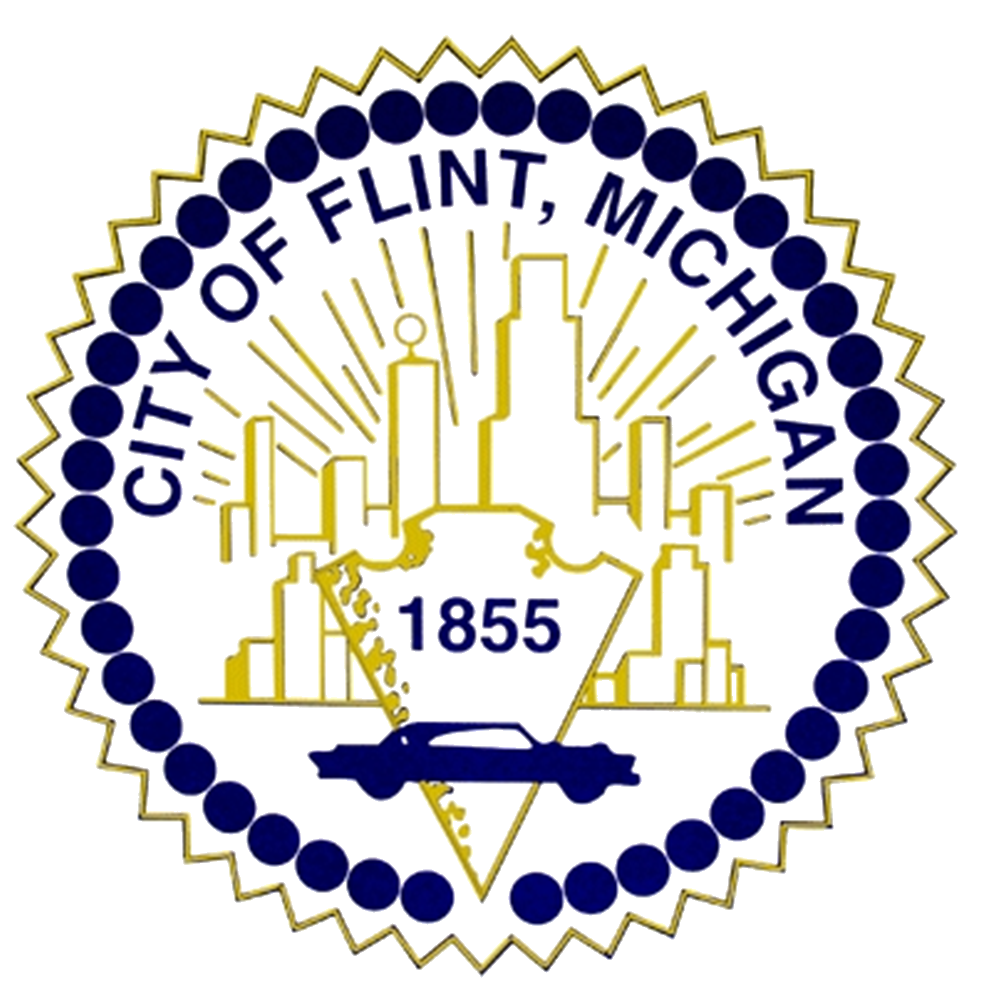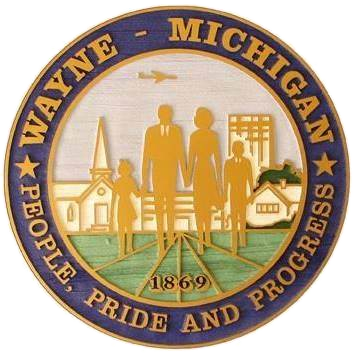
Ensuring Safety in Government Facilities
Government buildings, from local administrative offices to federal complexes, require robust security measures to protect personnel, assets, and sensitive information. A comprehensive security strategy for government facilities encompasses a range of integrated technologies and procedures, including access control systems, video surveillance, alarm systems, and cybersecurity measures. These components work in concert to safeguard against various threats while maintaining an environment conducive to government operations.
Risk Management Process
The cornerstone of effective government building security is a comprehensive risk management process. This involves several key steps: identifying potential threats through a thorough threat assessment, evaluating the facility's vulnerabilities and existing security measures, analyzing the potential consequences of various security incidents, and combining these factors to prioritize security needs. The outcome of this process determines the Facility Security Level (FSL), which guides the implementation of appropriate security measures tailored to the specific needs of each government facility.
Unified Control: CommandCentral in Action
Monmouth County's Comprehensive Security Network
Access Control Systems
Modern access control systems are crucial for regulating entry to government buildings. These systems typically include electronic card readers or biometric scanners, visitor management systems, and turnstiles or mantraps for high-security areas. By implementing scalable access levels for different personnel categories, these systems ensure that only authorized individuals can enter specific areas of the facility, significantly reducing the risk of unauthorized access to sensitive locations.
Smart City Solutions for Enhanced Public Safety
Video Surveillance
A robust video surveillance system is essential for monitoring government facilities. Key aspects of an effective system include strategic camera placement at entry points, perimeters, and critical interior areas. Integration with access control systems and the use of video analytics for automated threat detection enhance overall security. Secure storage and retrieval of footage is also crucial for incident investigation and analysis.

Physical Security Measures
In addition to electronic systems, physical security measures play a vital role in protecting government buildings. These measures may include perimeter fencing and barriers, bollards or other vehicle barriers to prevent ram attacks, blast-resistant windows, and structural reinforcements for high-risk facilities. Secure mail handling facilities are also important for screening potential threats before they enter the main building.
Reimagining Airport Safety: Advanced Security Solutions
Cybersecurity
As government operations increasingly rely on digital systems, cybersecurity has become a critical aspect of overall facility security. This includes implementing robust firewalls and intrusion detection systems, maintaining secure and segregated networks for sensitive information, conducting regular security audits and updates, and providing comprehensive employee training on cybersecurity best practices.

Preparing for Severe Weather: Public Safety Solutions
Emergency Response Planning
A well-developed emergency response plan is crucial for government facilities. This should include clearly defined evacuation procedures, shelter-in-place protocols for various scenarios, and communication systems for notifying personnel and coordinating with first responders. Regular drills and exercises are essential to ensure readiness and identify areas for improvement in the emergency response plan.
By implementing these comprehensive, layered security measures, government buildings can effectively protect against a wide range of threats while maintaining their essential functions and services to the public. Regular assessment, employee training, and coordination with relevant agencies are key to maintaining a robust security posture in government facilities.
Securing Public Events: A Scenario-Based Approach (Part 1)
Securing Public Events: A Scenario-Based Approach (Part 2)
Securing Public Events: A Scenario-Based Approach (Part 3)
Some of Out Clients

















